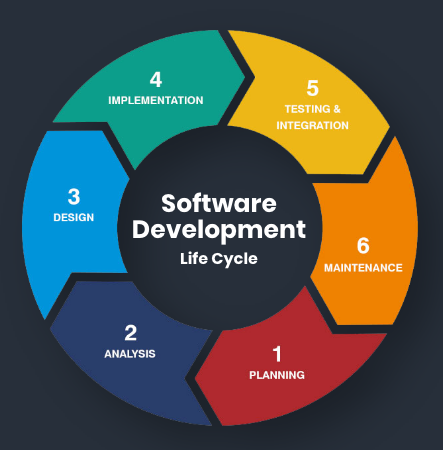Introduction
The Software Development Life Cycle & Best Practices
Having a game plan is critical before you build. As a citizen developer you are in charge of the user experience. Building trust and providing solutions that are meaningful and safe go hand in hand. The software development life cycle relies on methodical processes to ensure high quality products. As an app builder, you can also adopt basic development best practices in each step of the building process to ensure a high quality app. Steps to building a quality app includes planning, data, logic and design. Development tools include creating user stories, a logic map, test scenarios, and conducting peer review.

Here is a summary of tips discussed in greater detail within each stage of the software development life cycle.
Tip #1: Define the problem and identify who will use the application
Tip #2: Set realistic goals, objectives and outputs for the application
Tip #3: Present a curated point of view supported by best practice
Tip #4: Think in terms of user stories
Tip #5: Manage data integrity: Give sections, questions and results unique labels
Tip #6: Translate best practice into concrete business logic and rules
Tip #7: Map business logic and analyze for loose-end or holes in logic
Tip #8: Consider the app builder tools required to automate the business logic and rules
Tip #9: Assess and manage level of complexity
Tip #10: Create test scenarios to validate logic and accuracy
Tip #11: Conduct peer review and consider user feedback
The next pages incorporate these tips into best practices recommended during the planning, data analysis, logic, and design of your applications.
Updated about 1 year ago
